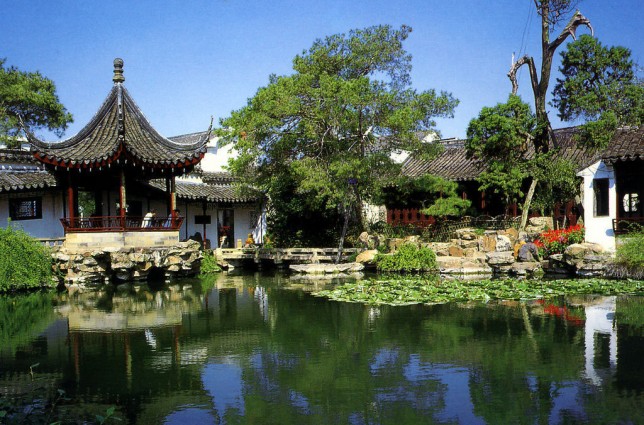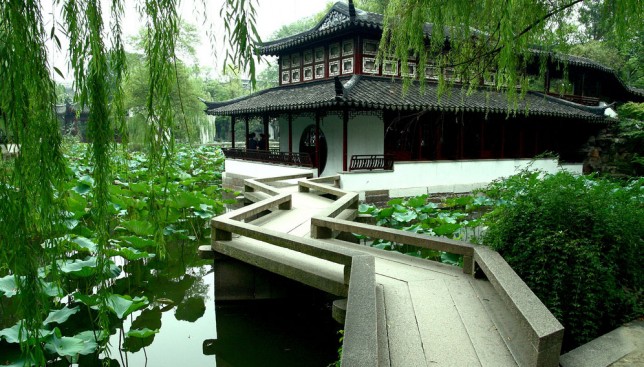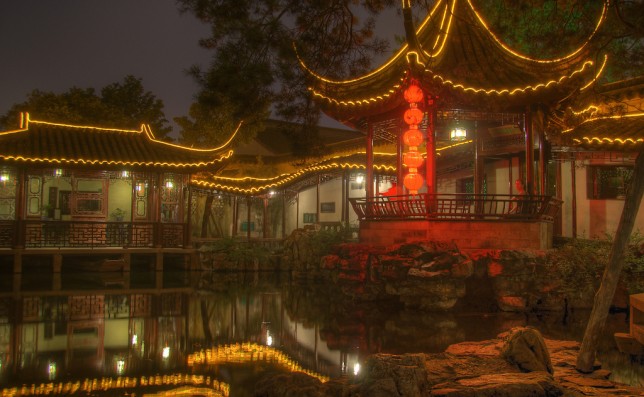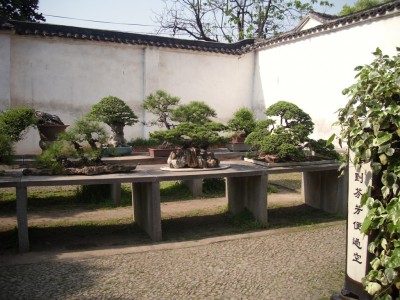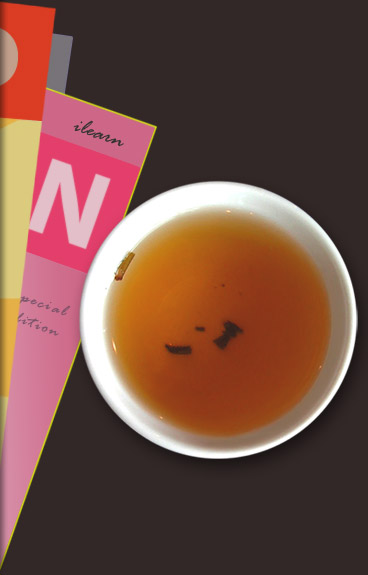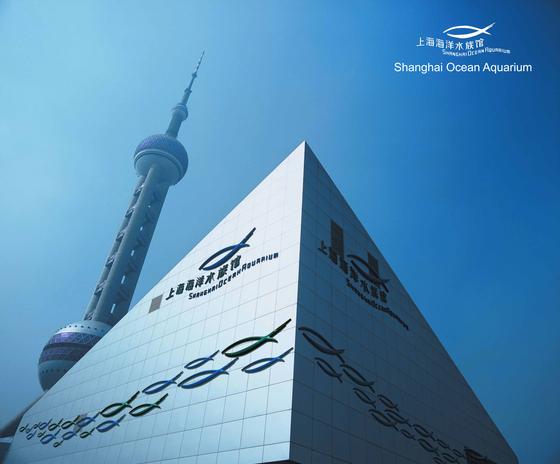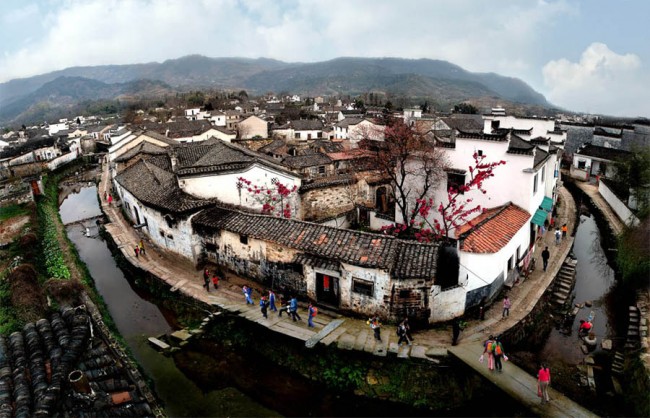Discovering Suzhou: Background & Classical Gardens
Built in 514 BC, Suzhou is an ancient city with 2500 years’ history, located in the center of Yangtze Delta very near Shanghai. It covers a land area of 8,488.42 km2 and 1,649.72 km2 is the urban area, more than six million people now live in Suzhou.
The unique characteristics of the past are still retained in present-day Suzhou. It is renowned for the classic gardens, canals, silks, lakes, operas, legends and museums… and yet, there is so much more!
From natural and man-made heritage to modern creations; from cultural gems to natural oases; from great arts to daily lives, nothing is missed. It’s strongly recommended to dig a little deeper, and experience classic Suzhou.
The history and legends of the city
Suzhou is a land of classic legends, ranging from the world’s oldest cross-continental trade routes to the most influential military book in ancient China. Marco Polo, probably the most famous Western traveler, traveled on the Silk Road and visited Suzhou in 1276.
According to his words, Suzhou was then dotted with bridges, rich in silk production and renowned for its elaborate handicrafts. The Art of War, a Chinese military treatise written by Sun Tzu in Suzhou (at that time known as the State of Wu) during the Spring and Autumn period (600 B.C.), was later widely implemented in both Asian and Western culture and politics.

The classic legends of Suzhou began as early as the 21st century B.C. when King Wu (also known as Taibo) made Suzhou the capital of the State of Wu. It is said in history that realizing that his younger brother, Jili, was wiser than him, and deserved to inherit the throne, Taibo, the eldest son of King Zhou, fled to Suzhou and established the State of Wu.
As time passed by the classic legends of Suzhou developed in different fields. Exquisite carving works on miniature objects such as grains of rice or individual beans, Suzhou silk embroideries, Chinese paintings on fans and Kun Opera are just a few examples. Wang Shuyuan, a Suzhou local craftsman in the Ming Dynasty, managed to carve on a 3.3-centimeter long walnut with a vivid picture of a boat including windows, tea pot, stove, five people and 24 Chinese characters inside.
Also in the Ming Dynasty, a talented Chinese painter called Tang Bohu spent most of his life in Suzhou. In time, Suzhou Classical Gardens, lakes and mountains, and the lifestyles of local scholars became common subjects in his paintings.
Classical Gardens of Suzhou
The ancient city of Suzhou has an enviable location and trading history that has resulted in a unique level of prosperity and fortune through the ages. Perhaps the greatest result of this can be seen in the breathtaking and historical Suzhou classical gardens. It is little wonder that people say South China is the most beautiful, and Suzhou is the most beautiful in South China.
People from Suzhou are undoubtedly proud of their unique heritage. These world famous classical gardens are important not just in China, but worldwide. The Suzhou classical gardens are UNESCO World Heritage listed and are the reason why the city has become one of the most revered cities in China.
- The Humble Administrator’s Garden
The Humble Administrator’s Garden (拙政园, Zhuozheng Yuan) is considered the greatest of all southern Chinese gardens.
During the reign of Emperor Zhengde (1506-1521), the site was occupied by Dahong Temple. At that time, a censor named Wang Xianchen appropriated the temple and converted it into a private villa, but the Wang family could not maintain the garden and sold it a few years later.
In the coming centuries the garden repeatedly changed hands and was reconstructed many times, so the garden we see today is far removed from the one enjoyed by Wang Xianchen.
Today’s garden consists of three parts: the central part which is properly called Zhuozheng Yuan, the eastern part once called Guitianyuanju (Dwelling Upon Return to the Countryside), and a western part formally called the Supplementary Garden.
The entire site was once a piece of level swampy land. When the garden was first constructed, the earth was scooped to make lakes and piled up to make islands. The original garden was simpler than the one today but just as large, containing a variety of pavilions and trees, as evidenced in such sources as the Records of the Wang’s Zhuozheng Yuan and the “Painting of Zhuozheng Yuan.”
Despite its beauty, the garden fared badly in the later Ming dynasty. The eastern portion was parceled off while western and central halves became the villas of government officials. Neglect continued until the reigns of Emperor Shunzhi and Kangxi of the Qing Dynasty, when the garden was extensively repaired. The changes in the Kangxi period were particularly great, modifying whole portions of the plan.
During Emperor Qianlong’s reign the gardens were again divided into two parts; the western being the Shu Yuan (Book of Study Garden) and the eastern being the “Restored Garden” (Fu Yuan). Repairs to the gardens continued throughout the Qing Dynasty, but the appearance of today closely resembles how the gardens appeared in the late Qing. However, the eastern portion of the garden only joined the center in 1949 when modifications were made to the eastern side.
Address: No. 178, Dong Bei Street
Opening hours: 7:30am – 5:30pm
Entrance Fee:
Low season Oct.31th – Apr.15th 50RMB
High season Apr.16th – Oct.30th 70RMB
- Lingering Garden
Lingering Garden (留园, Liu Yuan) is located outside the Changmen gate (阊门) of Suzhou. The 23,310 m2 garden is divided into four distinctly themed sections; East, Central, West, and North. The Central area is oldest part of the garden.
Buildings, the primary feature of any Chinese garden, occupy one third of the total area. A unique feature this garden is the 700 m covered walk which connects them. The built elements of the garden are grouped by section. ‘Central section’ The ensemble of structures in the central garden encircles a pond and grotto main feature. The grotto is constructed of yellow granite and was created by the noted artist Zhou Binzhong. The Eastern section of the garden is arrayed around the cloud capped peak stone. A central courtyard is ringing by buildings.
Behind the Old Hermit Scholars’ House is the Small Court of Stone Forest, a collection of Scholar stones and connected minor courtyards. The western section is mostly natural containing only a few pavilions, a large artificial hill, and a Bonsai garden.
The most famous landscapes in Lingering Garden are: the Cloud Capped Peak, the Nanmu Hall
Address: No. 338, Liu Yuan Road
Opening hours: 7:30am – 5:00pm
Entrance Fee:
Low season Oct.31th – Apr.15th 30RMB
High season Apr.16th – Oct.30th 40RMB
- The Master-of-Nets Garden
The Master-of-Nets Garden (网师园, Wangshi Yuan) is one of the four famous gardens in Suzhou, which has also won the titles of world cultural heritage site.
The garden demonstrates Chinese garden designers’ adept skills for synthesizing art, nature, and architecture to create unique metaphysical masterpieces. The initial garden was first constructed over 800 years ago and even though its physical form has changed drastically since, the name and spirit of the garden still remain intact. The Master-of-Nets Garden is particularly regarded among garden connoisseurs for its mastering the techniques of relative dimension, contrast, foil, sequence and depth, and borrowed scenery. While the garden’s primary uses have varied over time, its ability to inspire visitors intellectually and spiritually remains unchanged. Keen physical architecture combined with poetic and artistic inspirations makes the Master of the Nets garden a unique and incredible garden experience that has stood the test of time.
What special for visiting the Master-of-Nets Garden is it is the only Suzhou classical garden opened at night. Under the moonlight and decorative lights, watching the traditional opera show, you can experience another taste of the garden.
Address: No.11 Kuojiatou Lane
Opening hours:
Mar.1st – Dec.15th 7:30am – 5:30pm
Dec.16th – Feb.29th 7:30am – 5:00pm
Evening special 5:00pm – 10:00pm
Entrance Fee:
Low season Oct.31th – Apr.15th 20RMB
High season Apr.16th – Oct.30th 30RMB
Evening special 100RMB
- Lion-Grove Garden
Lion-Grove Garden (狮子林, Shi Zi Lin), built in the Yuan Dynasty, is famous for its rockeries, most of which look like lions, hence the name. It is small but well arranged and to the southeast there are hills while in the northwest there is water.
Around the garden there is a walkway that follows the contours of the land and there are a number of buildings that are in perfect harmony with the scenery including Yanyu Hall, Sleeping-Clouds Chamber and Seed-Plum-Blossoms Tower.
Address: No. 23, Yuanlin Road
Opening hours: 7:30am – 5:00pm
Entrance Fee:
Low season Oct.31th – Apr.15th 20RMB
High season Apr.16th – Oct.30th 30RMB
- Surging Wave Pavilion
Surging Wave Pavilion (沧浪亭, Canglang Ting) is the oldest and was a villa in the old days. Built in a unique style the garden makes use of landscapes outside as well as inside the garden. The garden itself is composed of rocks, green bamboo groves and hills. Bright Path Hall is the largest Building in the garden. The west wall of the hall is carved with more than 500 images of celebrities who have figured in Suzhou’s history.
Address: No.3, Canglangting Road
Opening hours: 8:00am – 5:00pm
Entrance Fee:
Low season Oct.31th – Apr.15th 15RMB
High season Apr.16th – Oct.30th 20RMB
Besides the Great Four (The Humble Administrator’s Garden, Surging Wave Pavilion, Lion-Grove Garden, Lingering Garden), there are also a lot of excellent classical gardens in Suzhou, here are some of them which you may visit:
Mountain Villa with Embracing Beauty (环秀山庄,Huan Xiu Shan Zhuang)
Address: No.262,Jing De Road
Entrance Fee: 15RMB
The Garden of Cultivation (艺圃,Yi Pu)
Address: No.5,Wenya Lane, Changmen Gate
Entrance Fee: 10RMB
Couple’s Garden (耦园, Ou Yuan)
Address: No.7, Xiaoxin Lane, Cang Street
Entrance Fee: 20RMB
Retreat and Reflection Garden (退思园,Tuisi Yuan)
Address: No.234, New Town Street (Xinzhen Street),Tongli Town, Wujiang City(18 km away from Suzhou City)
Entrance Fee: 40RMB
Quyuan Garden(曲园, Qu Yuan)
Address: No.43, Mayike Lane
Entrance Fee: 1.5RMB
Yiyuan Garden (怡园, Yi Yuan)
Address: No.1265, Renmin Road
Entrance Fee: 15RMB
Vocabulary
gǔ diǎn yuán lín
古 典 园 林 classical garden n.
yí chǎn
遗 产 Heritage n.
bié shù
别 墅 Villa n.
huā gāng yán
花 岗 岩 granite n.
zhú lín
竹 林 bamboo grove n.

